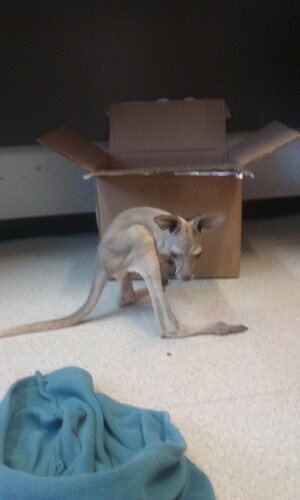Blodyn gwrywaidd - male flower.
Blodyn benywaith - female flower.
Collen.
Mae’r collen yn aml torri cyn aeddfedu, ond pan adawodd i dyfu, gall coed gyrraedd uchder o 12m, lle y gall fyw am hyd at 80 mlynedd. Mae ganddo llyfn, llwyd-frown, rhisgl, sy’n pilio gydag oedran, ac yn plygu, blewog coesau. blagur dail yn hirgrwn, swrth a blewog.
Mae’r dail yn cael eu cylch i hirgrwn, ddwywaith danheddog, blewog a phwyntio at y domen. Mae’r dail yn troi’n felyn cyn gostwng yn yr hydref. (Mae’r goeden yn gollddail).
Blodau: collen yn monoecaidd, sy’n golygu bod blodau gwrywaidd a benywaidd yn cael eu gweld ar yr un goeden, er bod yn rhaid blodau collen yn cael eu peillio gan paill o goed collen eraill. Mae’r gwyddau bach gwrywaidd melyn yn ymddangos cyn y dail ac yn hongian mewn clystyrau, o ganol mis Chwefror. blodau benywaidd yn fach iawn ac blagur-fel gydag arddulliau coch.
Ffrwythau: unwaith peillio gan y gwynt, y blodau benyw yn datblygu i ffrwythau hirgrwn, sy’n hongian mewn grwpiau o un i bedwar. Maent yn aeddfedu i ddod yn cneuen gyda cragen prennaidd amgylchynu gan cwpan o bracts deiliog (dail wedi’u haddasu).
rhywbeth diddorol: Y collen (coesyn) mor plygu yn y gwanwyn y gellir ei glymu mewn cwlwm heb dorri. Gwenyn yn ei chael yn anodd i gasglu paill collen a dim ond casglu mewn llwythi bychain. Mae hyn oherwydd bod y collen peillio gwynt paill nad yw’n ludiog. (Mae’r collen yn un blanhigyn nad oes angen pryfed ar gyfer peillio).
Hazel.
The hazel is often cut before maturing, but when left to grow, trees can reach a height of 12m, where it can live for up to 80 years. It has a smooth, grey-brown, bark, which peels with age, and bendy, hairy stems. Leaf buds are oval, blunt and hairy.
The leaves are round to oval, doubly toothed, hairy and pointed at the tip. The leaves turn yellow before falling in autumn. (The tree is deciduous).
Flowers: hazel is monoecious, meaning that both male and female flowers are found on the same tree, although hazel flowers must be pollinated by pollen from other hazel trees.
The yellow male catkins appear before the leaves and hang in clusters, from mid-February. Female flowers are tiny and bud-like with red styles.
Fruits: once pollinated by wind, the female flowers develop into oval fruits, which hang in groups of one to four.
They mature into a nut with a woody shell surrounded by a cup of leafy bracts (modified leaves).
something Interesting :The hazel (stem) is so bendy in spring that it can be tied in a knot without breaking. Bees find it difficult to collect hazel pollen and can only gather it in small loads. This is because the wind pollinated hazel has pollen that is not sticky. (The hazel is one plant that does not need insects for pollination).
Cheers J.P.
 )
)
